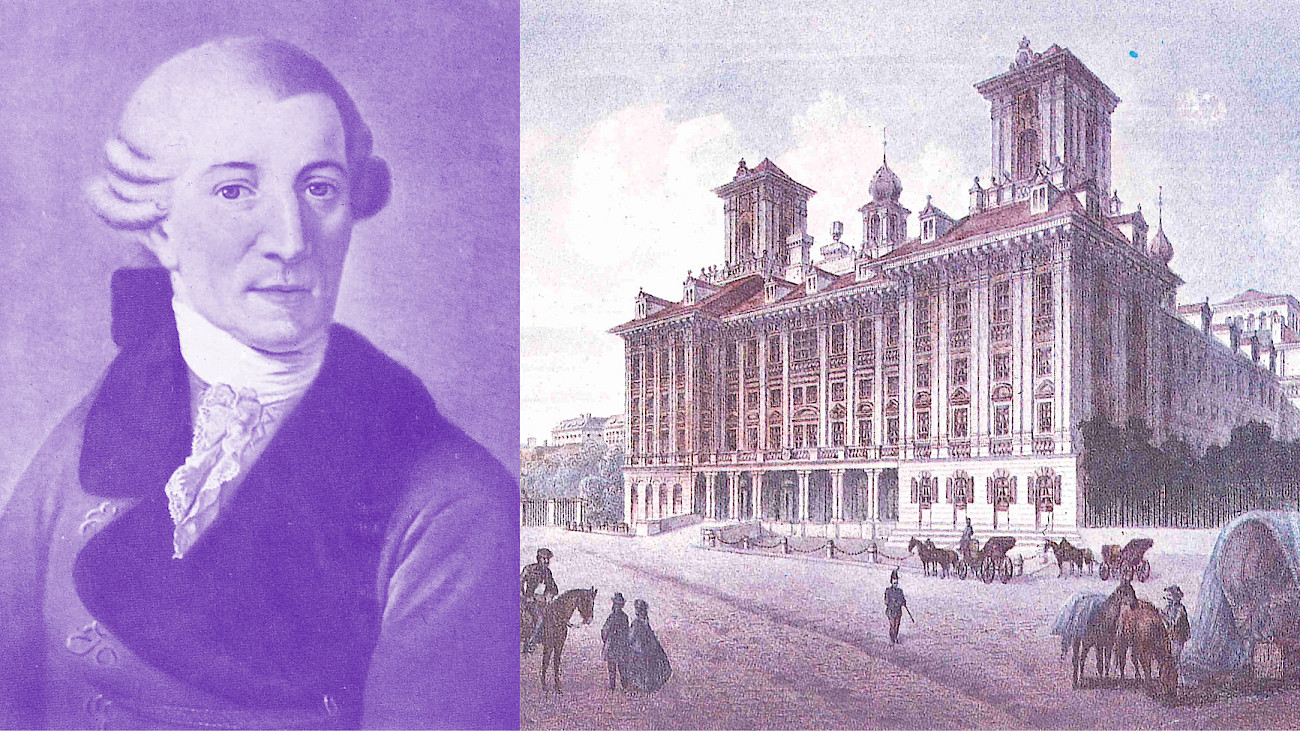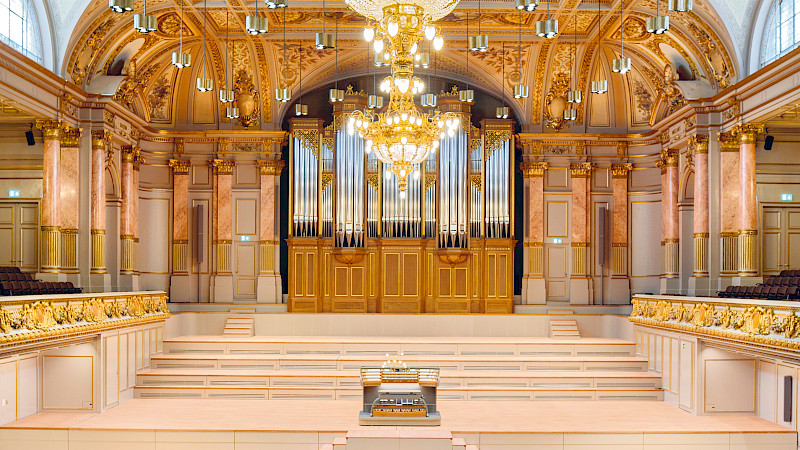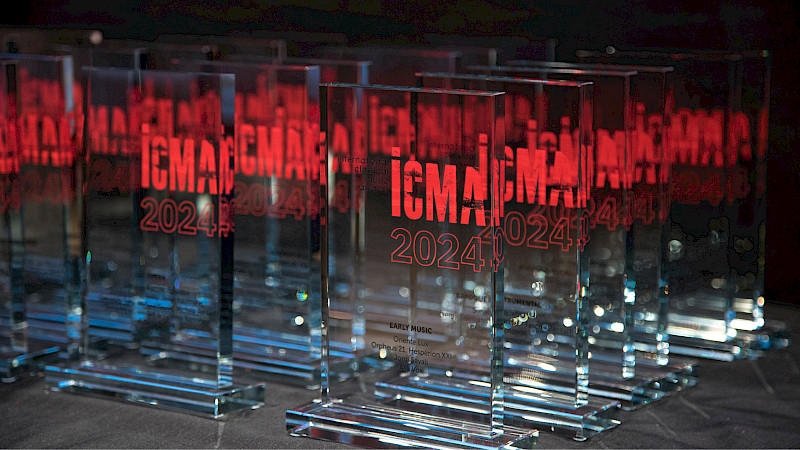
Experimental Lament
Haydn's symphony "Lamentatione" is performed less frequently than other of his works. Yet it provides an exciting insight into the world of the Viennese classical composer.
Haydn, Mozart, Beethoven - these are the names of the three great Viennese classics. When the former turned to composing symphonies at the age of 25 – the royal genre associated with the era – there was no sign of the other two: Mozart was just a year old, Beethoven not even born yet. "Papa Haydn" devoted himself to writing symphonies until his death; a total of 104 have survived from his pen. He had a decisive influence on the genre: While the classical symphony was little more than background music for the aristocratic elite in its early days, Haydn turned it into a fully-fledged orchestral work, performed by a large, paying audience.
From 1761 to 1790, Haydn was in the service of Prince Esterházy as court musician, bandmaster and composer. He composed a large number of works for their chapel - including most of his symphonies – under ideal conditions, which allowed him to develop, as he himself stated: "I was isolated from the world, no-one around me could make me mad and torment me." Haydn wrote his Symphony in D minor Hob. I:26, which became known under the title "Lamentatione", in 1768 during the first decade of his almost 30-year tenure. The original manuscript of the work is considered lost, so it is not entirely certain whether it was actually in three movements (as it has been handed down) or whether a finale once existed. In its surviving form, the symphony has a playing time of just 20 minutes. This may seem short at first glance, but it was by no means unusual at this stage of the genre's development.
Sacred quotations
Many of Haydn's symphonies bear epithets that either originate from the composer himself or from his contemporaries – or were only assigned by posterity. The 26th Symphony was given its name during Haydn's lifetime. However, it is not certain whether it was written by him. The work was composed at a time when Haydn was still experimenting with the symphonic genre, particularly with minor keys. The title "Lamentatione" refers to the quotation of a Gregorian chant melody in the second movement.
Such use of pre-existing material, not to mention liturgical material, is unusual enough in a symphony; but the first movement is even more extraordinary: it could be seen as a musical representation of the Passion of Christ in a single-movement format. It contains chants from a "St Mark Passion", presumably from the Middle Ages, which was popular in Austria at the time and is still sung today.
So did Haydn write a symphony for a church service? Scholars are still arguing about this. What is clear, however, is that Haydn further developed the symphony with such experiments. And although he did not invent the genre, this is how he earned his title as the "father" of the symphony.
***
"My prince was very satisfied with all my works, I received applause, as the leader of an orchestra I was able to make experiments, observe what produces the impression and what weakens it, thus improve, add, cut away, dare; I was separated from the world, no one near me could make me mad at myself and torment me, and so I had to become original."
Joseph Haydn on Prince Esterházy in a letter to his biographer Georg August Griesinger
Translated with DeepL.com





